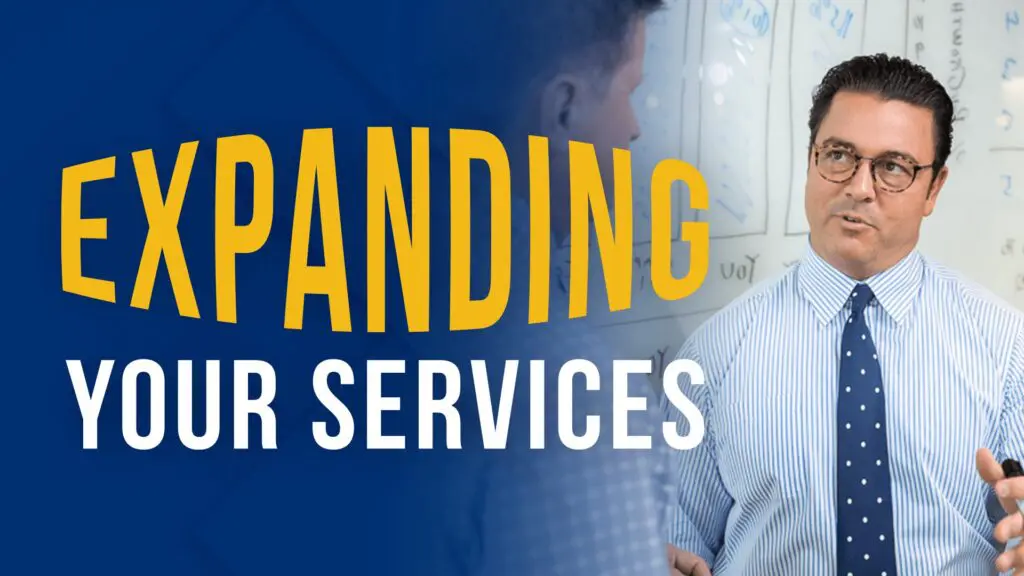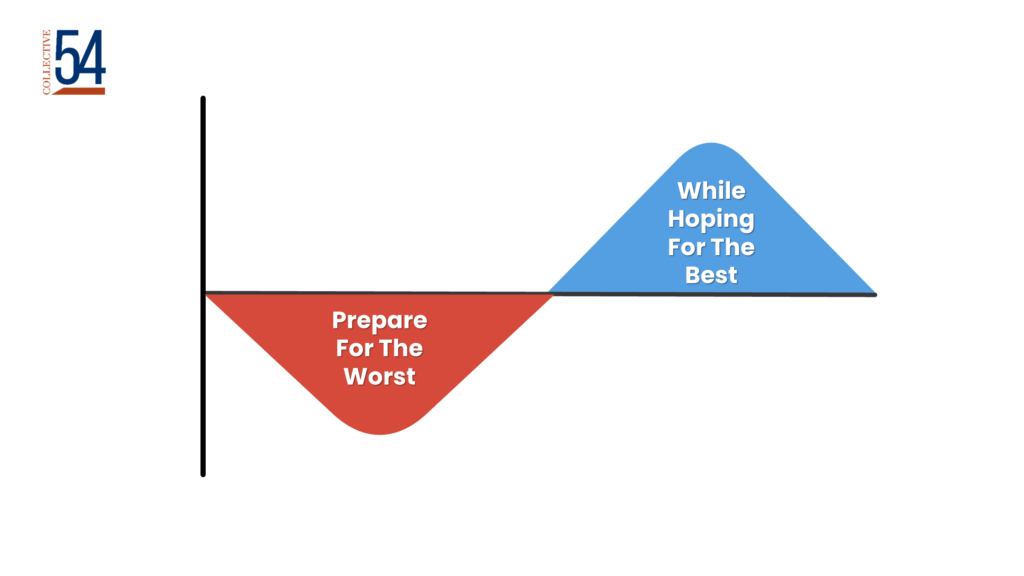Episode 149 – Why Professional Service Firms Should Never Become SaaS Companies – Member Case by Nathan Kievman
Many professional service firms foolishly think the path to scalability is to become a software company. However, founders of service firms make more money than founders of software firms, generate more wealth for themselves at exit, and succeed much more often. In this session, we will help you avoid making the devastating mistake of trying to become a software company.










